The Problem with Vending Machines at Hofstra and Beyond
Candy, convenience and crashing popularity: what's going on in the vending machine industry?
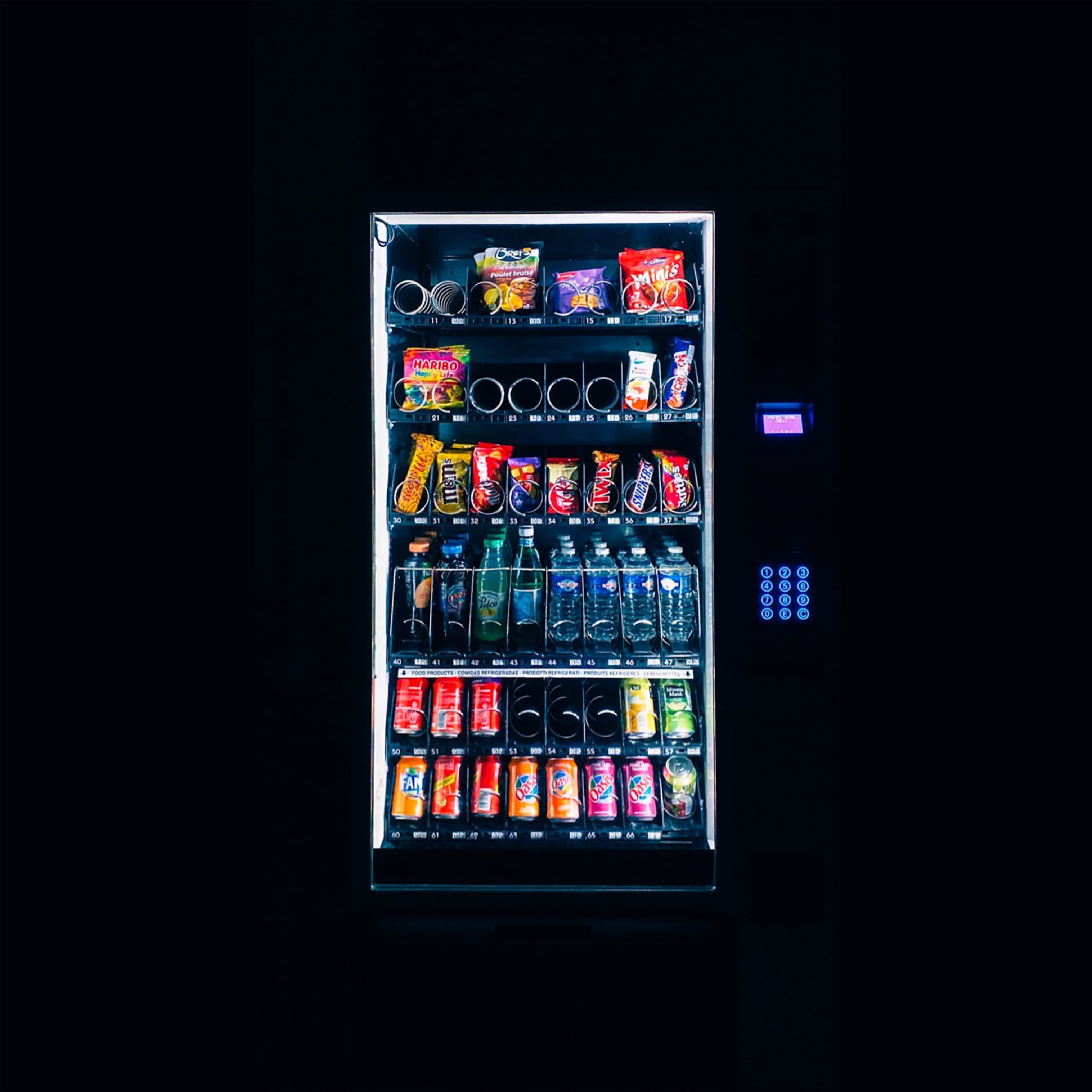
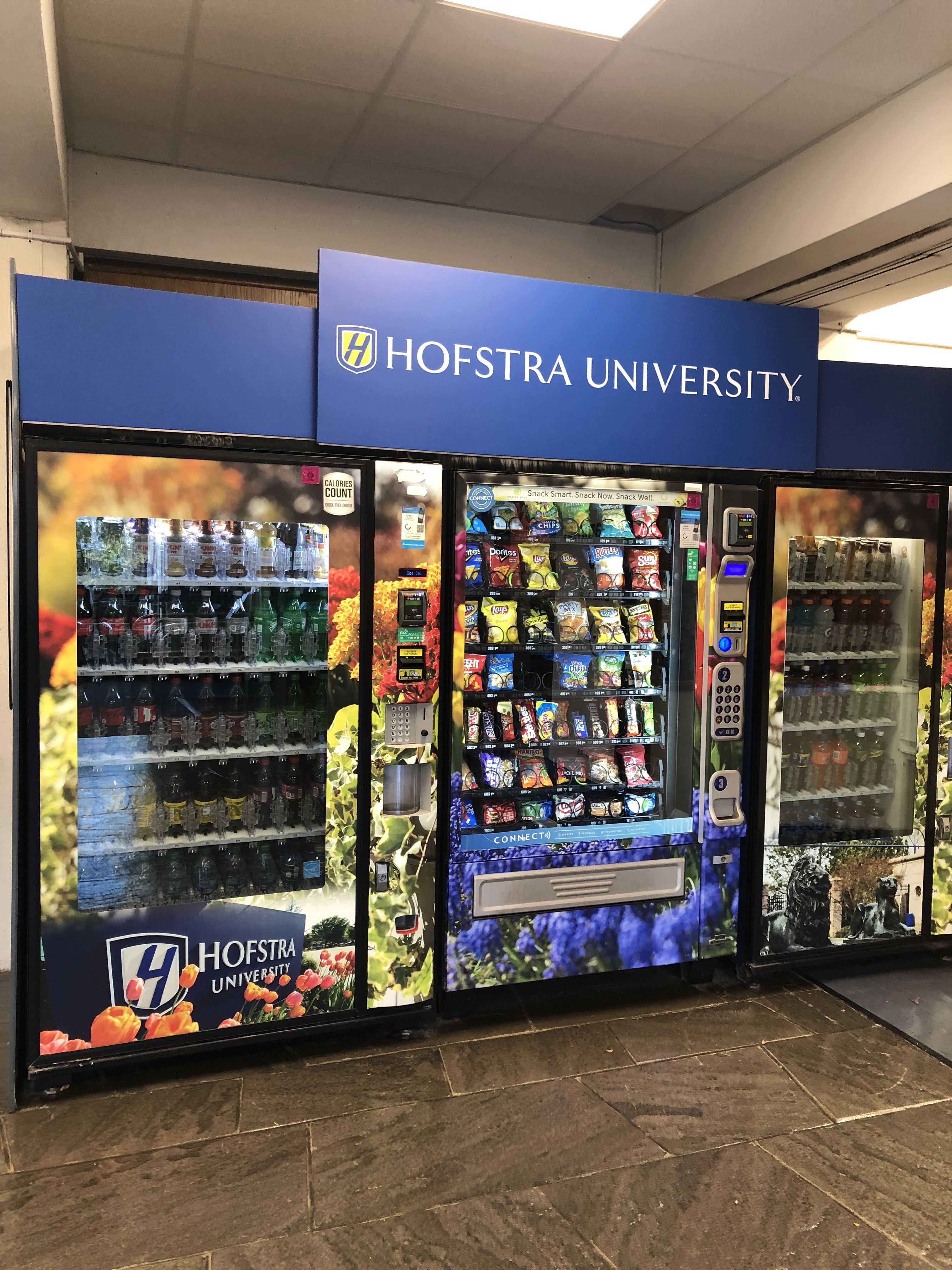
Photo credit: Mike Senatore
Photo credit: Mike Senatore
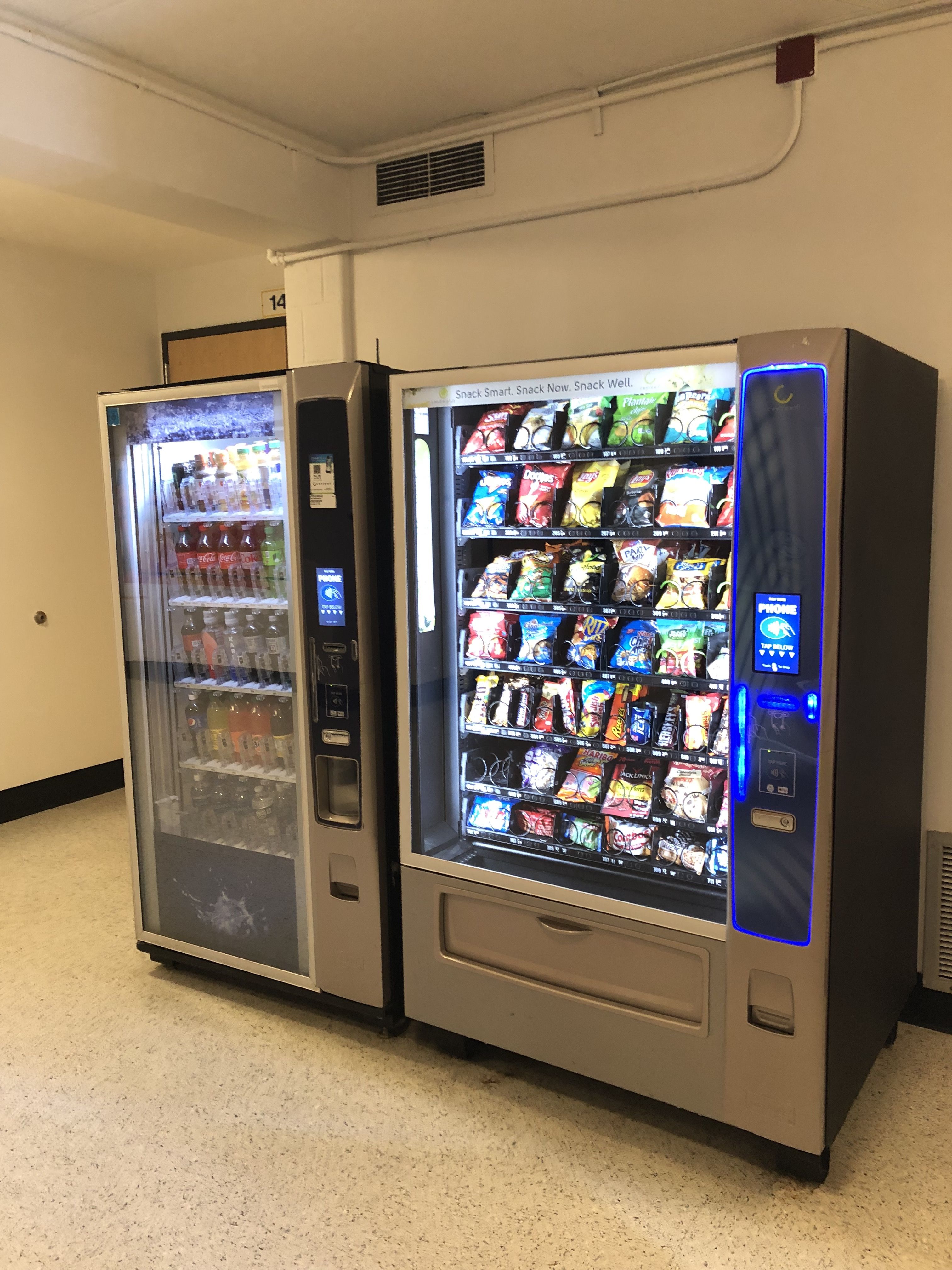
Photo credit: Mike Senatore
Photo credit: Mike Senatore
If you’ve spent any amount of time on Hofstra University’s campus, chances are that you have walked past a vending machine or two. The innovative, electronic snack-and-drink dispensers have become widespread in the United States since their first development and installment in the country in 1888. But, their customariness begs the question: are vending machines worth the billions of dollars poured into their industry?
History and development
The first known vending machines were used in England as early as 1615, dispensing snuff and tobacco, although the earliest mention of vending machines came from Hero of Alexandria in his 215 B.C. book Pneumatika. The 1880’s saw the modern, coin-operated vending machine make its debut across the globe, at first selling postcards and envelopes but later expanding to chocolate, chewing gum, cigarettes and other small and cheap items.
In recent years, vending machines have become far more advanced, following along with current technological trends. These “smart” vending machines have incorporated features like touch screens, voice control, contactless forms of payment and more user-friendly enhancements.
Even with these upgrades, however, there is still a kind of stigma around vending machines; because they are so common and so accessible, some see using them as an impulsive, unhealthy decision. While the options available from the machines differ on a case-by-case basis, many people write off vending machines and choose to refrain from using them.
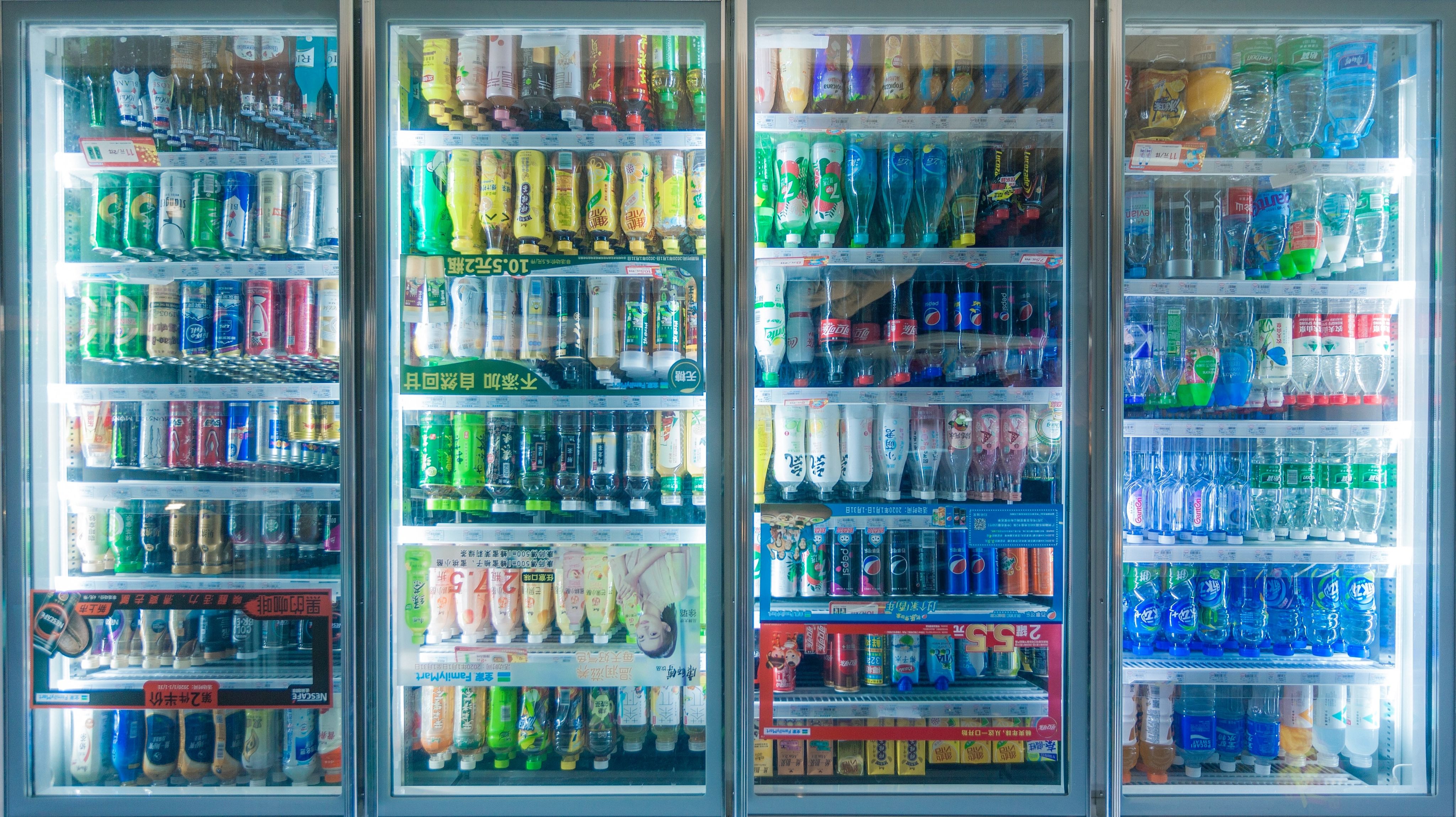
Low polling numbers
A poll that was voted on by 152 Instagram users asked how often they use vending machines. 82 of these users indicated that they rarely use vending machines. 33 users indicated that they use vending machines occasionally, and the same number of users, 33, indicated that they never use them. Only four of the 152 respondents chose the option indicating that they use vending machines often.
When asked if they believed vending machines to generally provide enough healthy options, 133 Instagram users voted “no.” 11 users, just eight percent of the 144 respondents, voted “yes.”
When asked to give reasoning behind their answers to the first poll regarding the frequency of their use of vending machines, a number of users explained their perceptions and personal opinions of the machines.
“They’re overpriced at Hofstra which is a main spot I go to,” responded Max Sacco, a senior at Hofstra.
“They usually don’t end up letting me get stuff because [the machines] won’t read my card,” said junior Hofstra student Alexis Friedman.
“It’s usually junk food and not what I want to be snacking on,” said Josh Fuller, a Maryland resident.
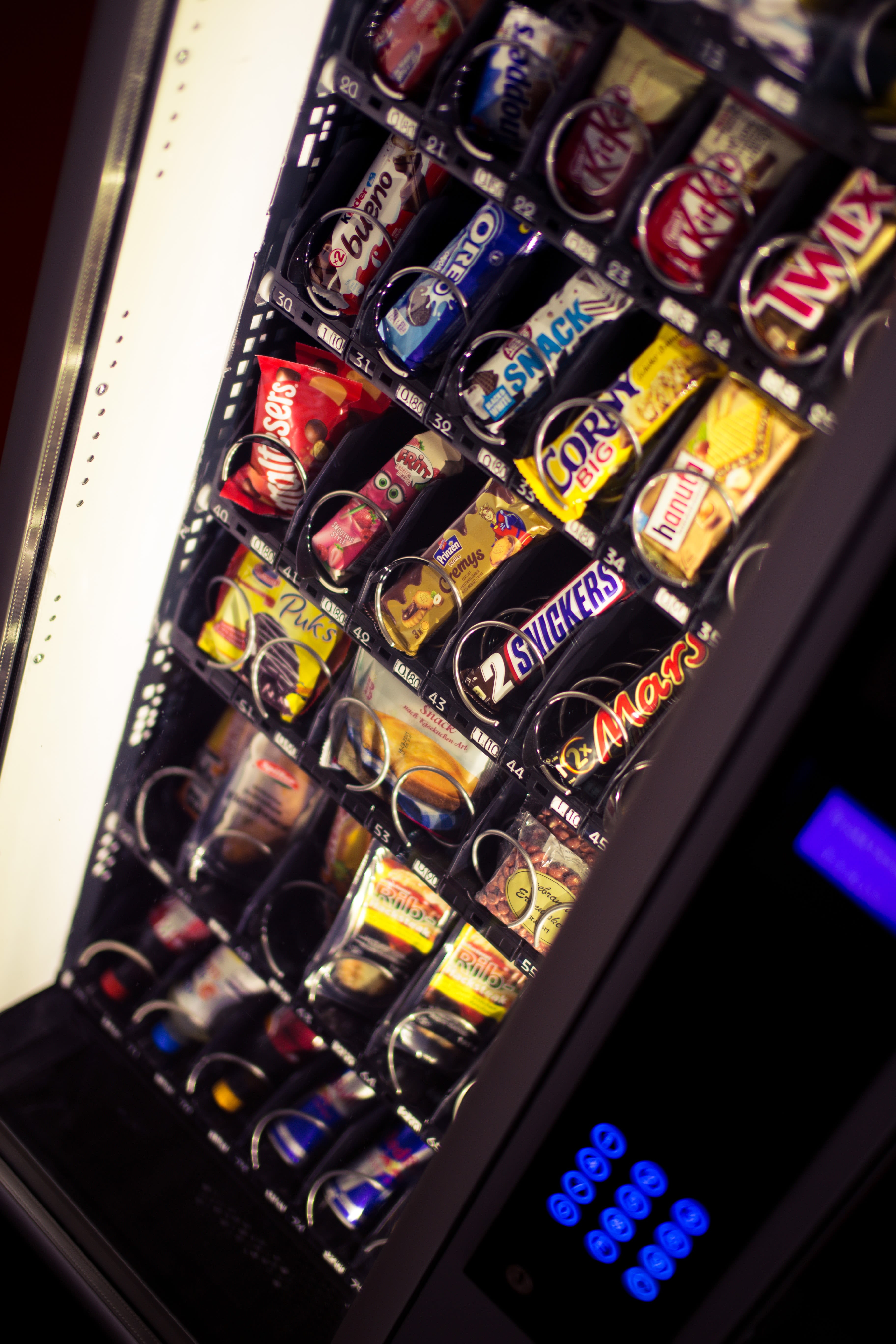
Photo credit: Denny Müller/Unsplash
Photo credit: Denny Müller/Unsplash
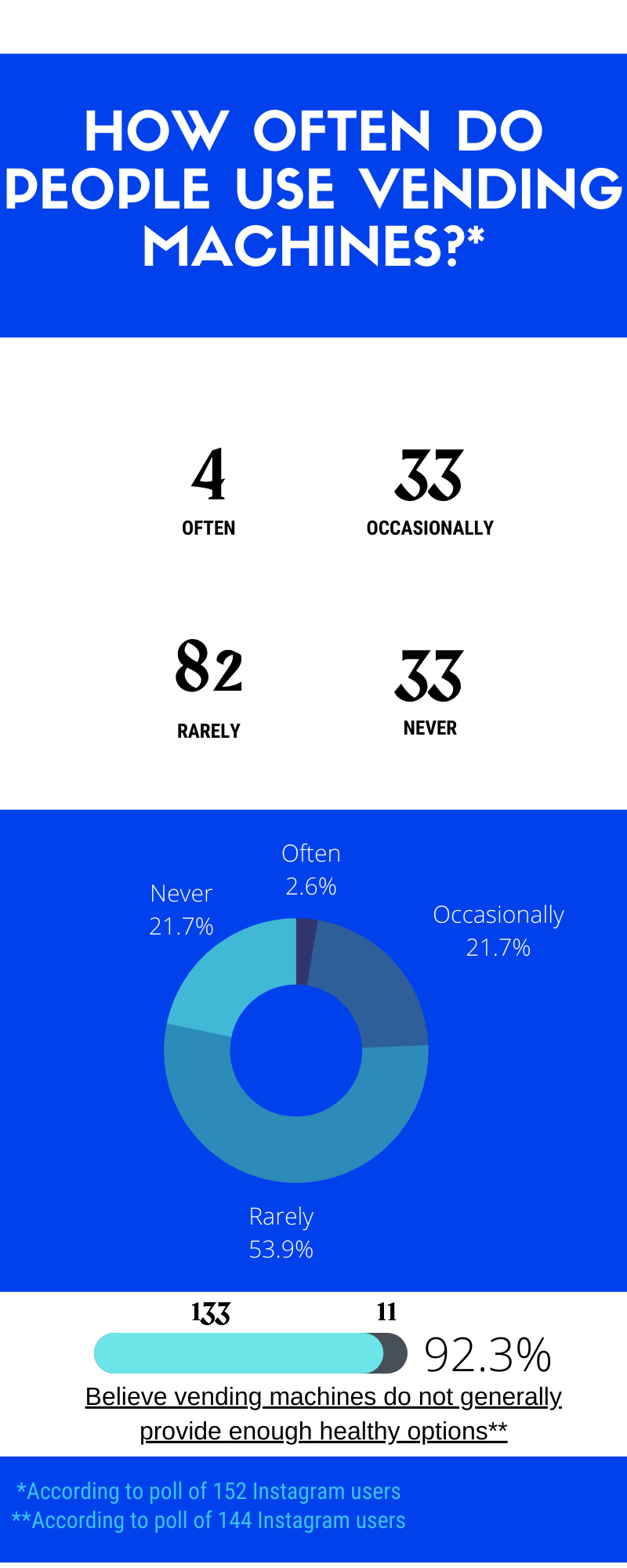
Graphic credit: Mike Senatore
Graphic credit: Mike Senatore
Many responses echoed similar sentiments: the options are either too expensive, not nutritionally optimal or simply not in line with what they are looking to eat. Of the responses indicating occasional or even frequent use, one theme continued to come up: convenience. In fact, of the 43 total responses given, four of them were simply the word “convenience” or “convenient” with no further explanation.
Of those responses, a number of people indicated that using vending machines represented a sort of “last resort” or “desperation move,” turning to them only when there are little or no other options available. Some said that they would only use them if they were in a time crunch; others indicated they use them on road trips when they want a quick bite. Four respondents specified that they only use the machines to get drinks, like bottles of water or sodas.
Nassau Community College senior nursing student Tyler Zatarain gave his thoughts on vending machines and their modern societal impact.
Nassau Community College senior nursing student Tyler Zatarain gave his thoughts on vending machines and their modern societal impact.
Video credit: Mike Senatore
Video credit: Mike Senatore
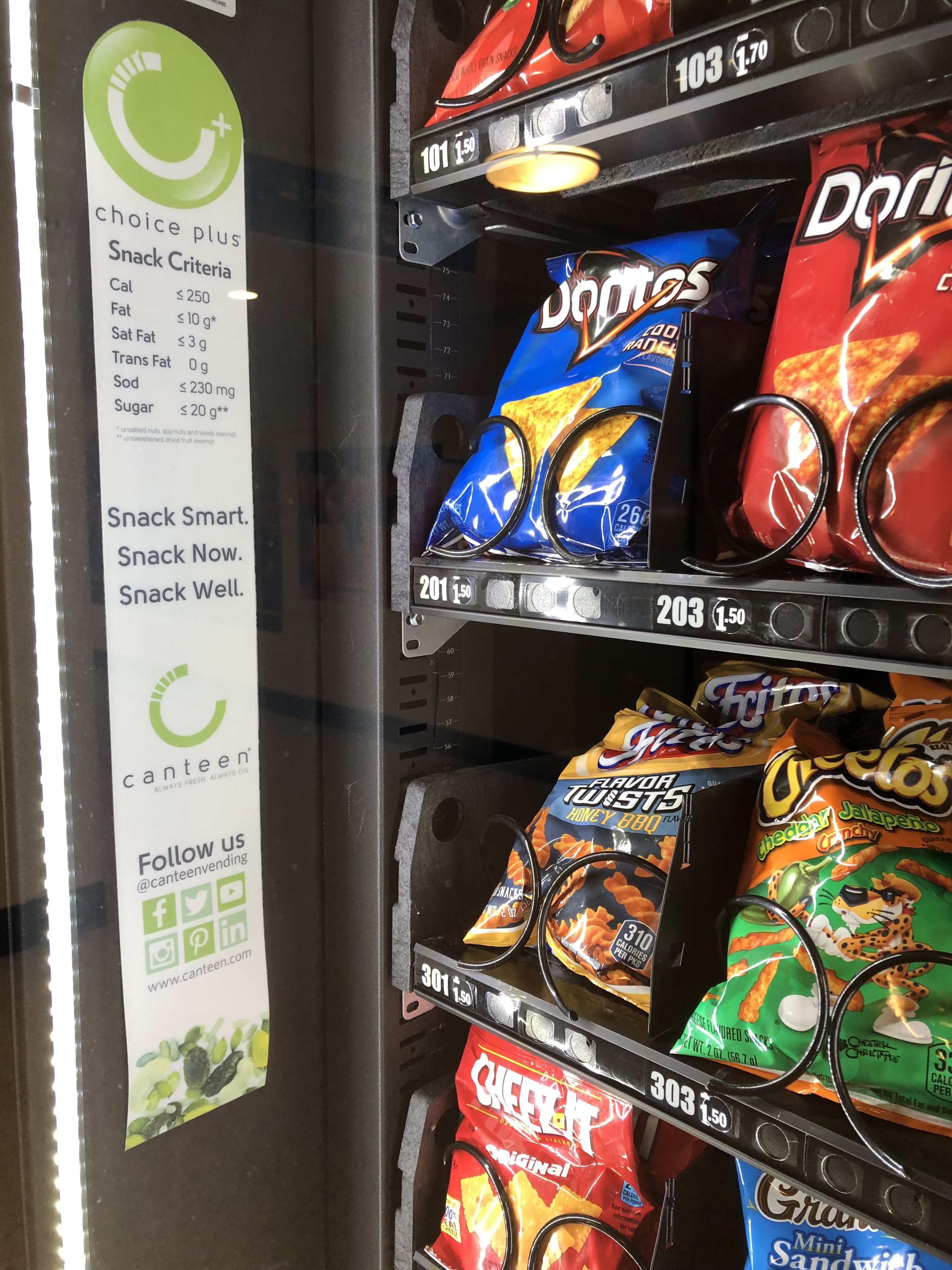
Photo credit: Mike Senatore
Photo credit: Mike Senatore
Healthier choices rising in popularity
While last year’s onset of the COVID-19 pandemic in the United States certainly did not do the industry any favors by forcing millions of people inside their homes and far from locations with vending machines, the industry has also taken hits due to the rising popularity of healthier lifestyle choices globally. Snack foods, particularly the kinds of processed, name brand items often offered by vending machines, are being chosen less and less by consumers, according to a Euromonitor report.
A vendsoft.com article cited a study conducted by The New York Times on the correlation between childhood obesity and vending machine nutrition laws across the country. Looking at data from 40 states and more than 6,300 students, the study sought to examine the effectiveness of statewide restrictive laws regarding what food and drinks are offered in vending machines.
According to the VendSoft article, "Study results show that students living in states that have laws against junk food and sugary beverages in school vending machines, gained less weight than those living in states with no such laws.”
A separate study, conducted at an English hospital, examined how the options provided by vending machines affected the choices made by consumers. Unhealthy options were removed from 11 machines offering drinks and six offering snacks, and they were replaced by more nutritious options.
“[As a result of the experiment] sales of bottled water rose by 54%, while 38% fewer sugary drinks were bought; sales of crisps fell; while overall sales of drinks and snacks went up, the products sold contained 25% less sugar and 26% less calories,” said The Guardian’s Denis Campbell.

Photo credit: Li Hao/Unsplash
Photo credit: Li Hao/Unsplash
Cover photo credit: Laam/Unsplash
These studies have made it clear that, both in the U.S. and abroad, vending machines and the options they present have a distinct correlation to public health and lifestyle choices. While the technology used in the machines continues to evolve, it seems that industry leaders have been, and will continue to be, forced to change their strategies along with it in order to keep consumers coming and to do it without worsening global obesity struggles.
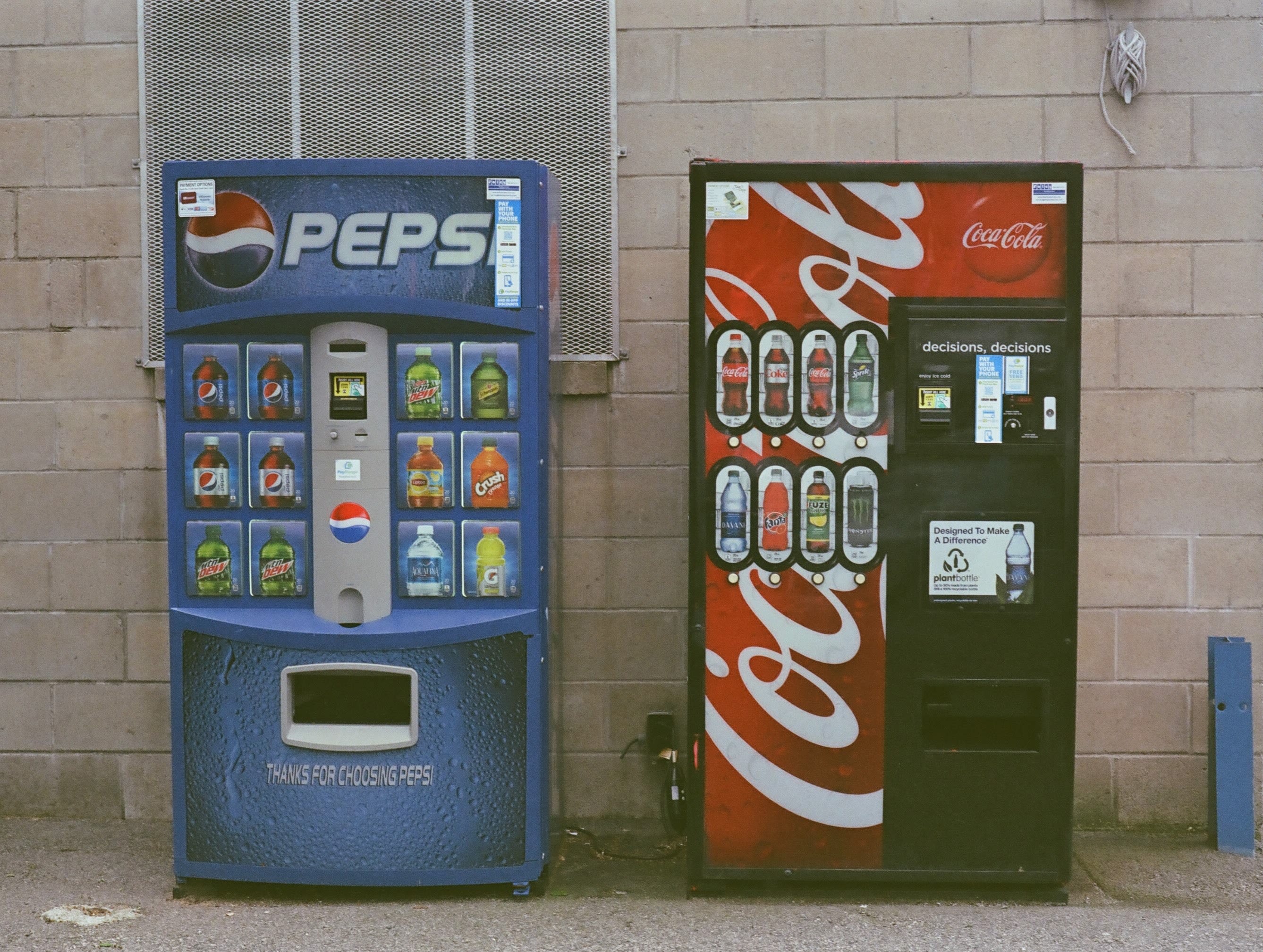
Photo credit: Nik Albert/Unsplash
Photo credit: Nik Albert/Unsplash
